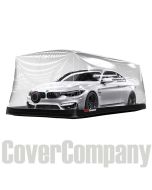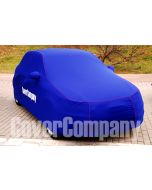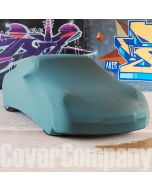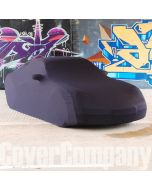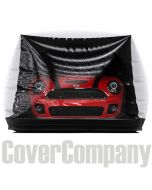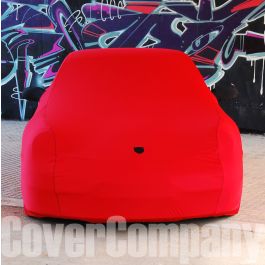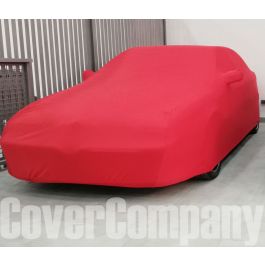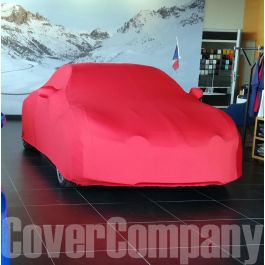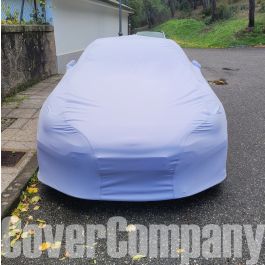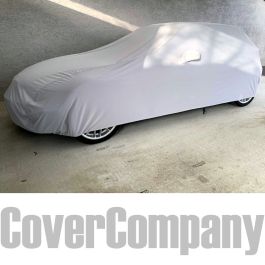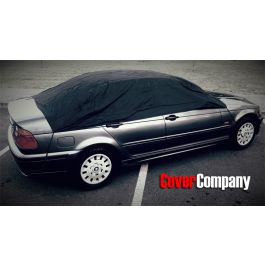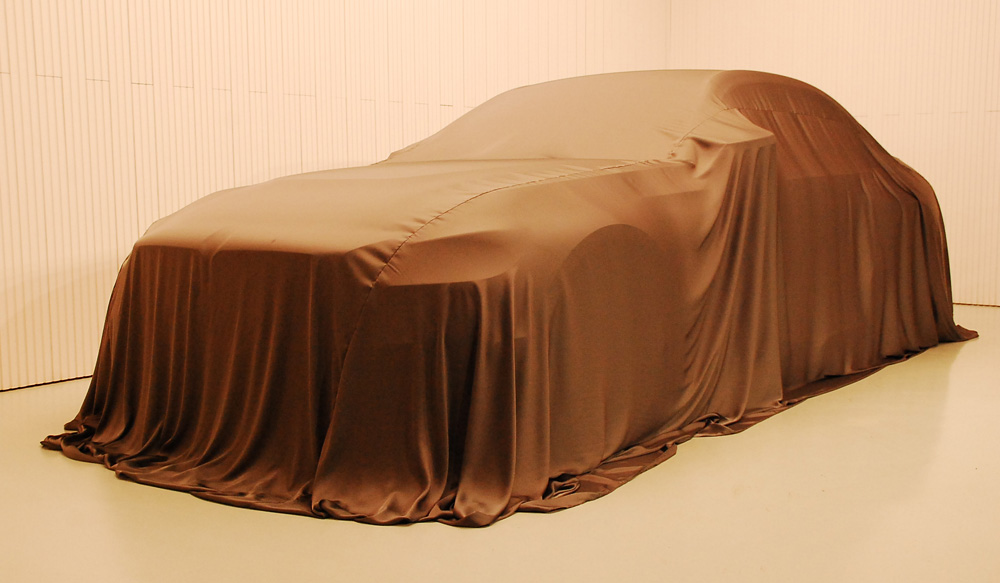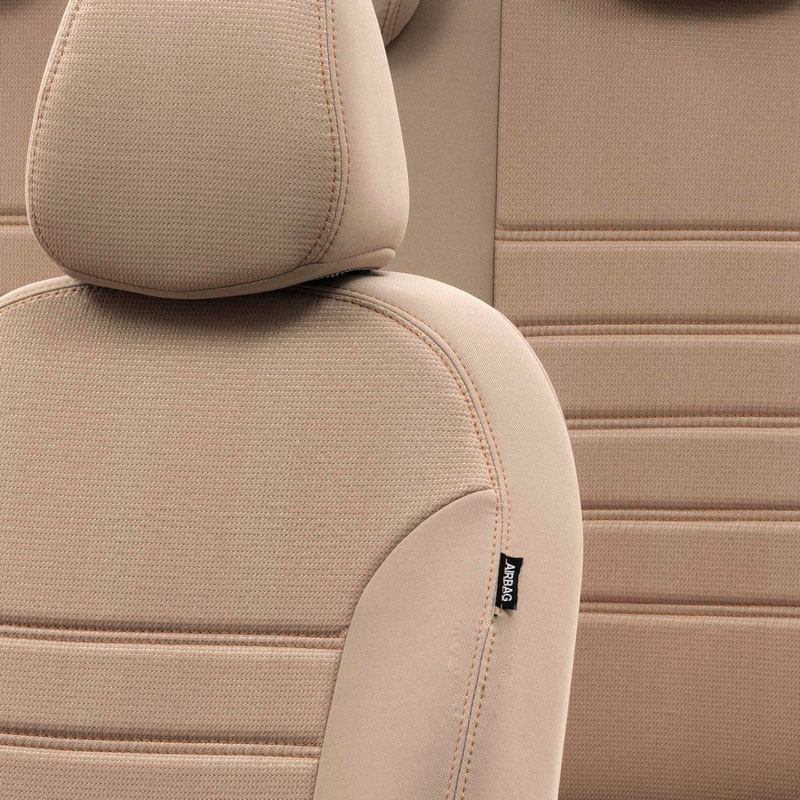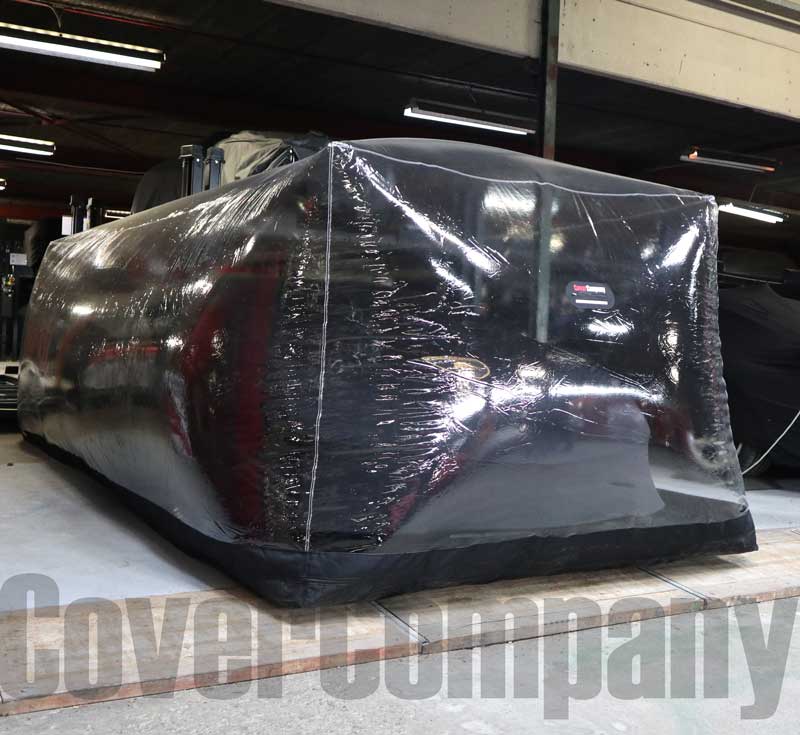Shop now.Pay it in 4.

Clearpay is unregulated credit.
Use responsibly.T&Cs & late fees
apply at clearpay.co.uk/terms
Keeping rust away from your classic car
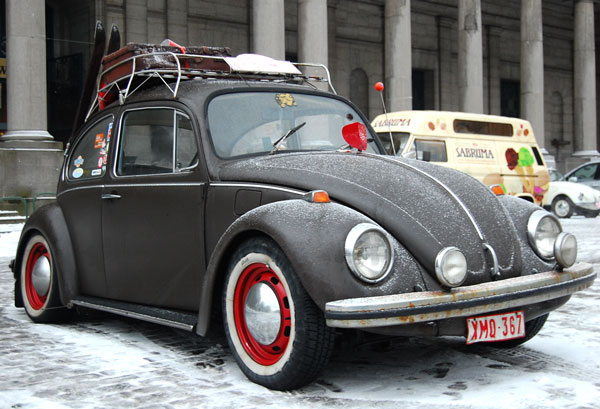 Rust is the common name for a chemical compound called iron oxide. It is formed when iron or an alloy that contains iron, such as steel, is exposed to oxygen and moisture for an extended period of time. The result is a reddish-brown, flaky substance that can weaken the metal and make it more susceptible to damage.
Rust is the common name for a chemical compound called iron oxide. It is formed when iron or an alloy that contains iron, such as steel, is exposed to oxygen and moisture for an extended period of time. The result is a reddish-brown, flaky substance that can weaken the metal and make it more susceptible to damage.
In the case of metal surfaces, rust forms when the metal is exposed to oxygen and moisture. The oxygen reacts with the metal to form metal oxide. In the presence of water, the metal oxide further reacts with the water to form hydrated metal oxides, commonly known as rust. The rust forms a coating on the surface of the metal and can continue to spread, penetrating deeper into the metal and weakening it over time.
Rust can occur on any metal surface, but is most common on iron and steel. It can be prevented by applying coatings such as paint, oil or wax, or by using rust inhibitors, which slow down the rusting process.
Rust can cause significant damage to a classic car in several ways:
- Structural damage: Rust can weaken the structural integrity of the car, causing it to become more susceptible to accidents and collisions. It can also cause the frame and body panels to become distorted, making it harder to keep the car aligned and stable on the road.
- Loss of value: Rust can greatly reduce the value of a classic car. A car with rust damage is considered less desirable and valuable than a car that is rust-free.
- Mechanical problems: Rust can cause damage to the car's mechanical components such as the engine, transmission, and suspension. This can lead to costly repairs or even the need for a complete rebuild.
- Difficulty in restoration: Rust damage can make it more difficult and expensive to restore a classic car. Removing rust and replacing rusted parts can be a time-consuming and labor-intensive process.
- Safety concerns: Rust can also cause safety concerns such as brake failure, steering failure or suspension failure.
In general, rust can greatly decrease the longevity, value, and safety of a classic car. It is important to take steps to prevent rust and address it quickly if it does occur, in order to maintain the car's condition and integrity.
Rust can be a major problem when storing a classic car outdoors, but there are several steps you can take to avoid rust while storing your car:
- Clean the car thoroughly: Before storing the car, clean it thoroughly, removing any dirt, dust, or debris that can trap moisture against the metal and cause rust.
- Use rust inhibitors: Apply a rust inhibitor to the car's metal surfaces to protect them from rust while in storage.
- Cover the car: Cover the car with a car cover or a tarp to protect it from the elements.
- Keep it dry: Make sure the storage area is dry and well-ventilated to help prevent rust from forming. If you don’t have a garage consider acquiring a car storage bubble to keep it protected from the elements.
- Use desiccant: Use desiccant or silica gel packets to absorb moisture.
- Keep it elevated: Keep the car elevated off the ground using car jacks or blocks to prevent moisture from accumulating underneath it. You can also use tyre protection cushions to avoid flat spots.
- Monitor the temperature and humidity: Keep an eye on the temperature and humidity inside the storage area. If it gets too high, open the vents or remove some of the coverings to allow fresh air in.
- Move the car: Move the car around occasionally if possible, this will prevent any one spot from rusting faster.
By following these steps, you can help prevent rust from forming on your classic car while it is in storage.
What Our Customer Are Saying...
-
PERFECT PROTECTION GOLDWING 1500 By: Gilles COHARD
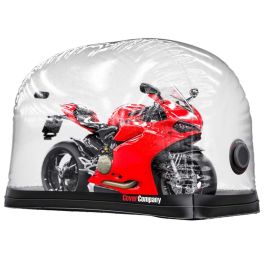 Very satisfied with this indoor size L cover (2.8 m x 1.2 m x 1.6 m) for the Goldwing 1500. Unfold carefully as the package is vacuum-sealed and the transparent part is very sticky. I installed it by myself. Be careful to position the antennas correctly. Consider using protection under the center and side stands to preserve the cover. No instructions in French. This cover is not cheap, but it really does the job. I highly recommend it. CoverCompany responds quickly to questions, which is much appreciated.
Very satisfied with this indoor size L cover (2.8 m x 1.2 m x 1.6 m) for the Goldwing 1500. Unfold carefully as the package is vacuum-sealed and the transparent part is very sticky. I installed it by myself. Be careful to position the antennas correctly. Consider using protection under the center and side stands to preserve the cover. No instructions in French. This cover is not cheap, but it really does the job. I highly recommend it. CoverCompany responds quickly to questions, which is much appreciated. -
Decent quality for the price By: Paul
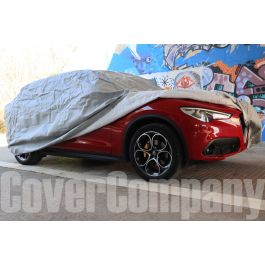 Cover is good quality. Being a standard fit cover it's designed to fit large SUV vehicles which is slightly too big for a Stelvio, but it's better that it's oversized than too small. It's never going to fit back into the storage bag or case that came with it so will have to find another way of storing it which is disappointing. Took about 10 days to get to the UK. - Answer by Cover Company: Thanks for your feedback Paul. The package includes an additional storage bag to store the cover once it has been used,
Cover is good quality. Being a standard fit cover it's designed to fit large SUV vehicles which is slightly too big for a Stelvio, but it's better that it's oversized than too small. It's never going to fit back into the storage bag or case that came with it so will have to find another way of storing it which is disappointing. Took about 10 days to get to the UK. - Answer by Cover Company: Thanks for your feedback Paul. The package includes an additional storage bag to store the cover once it has been used,


